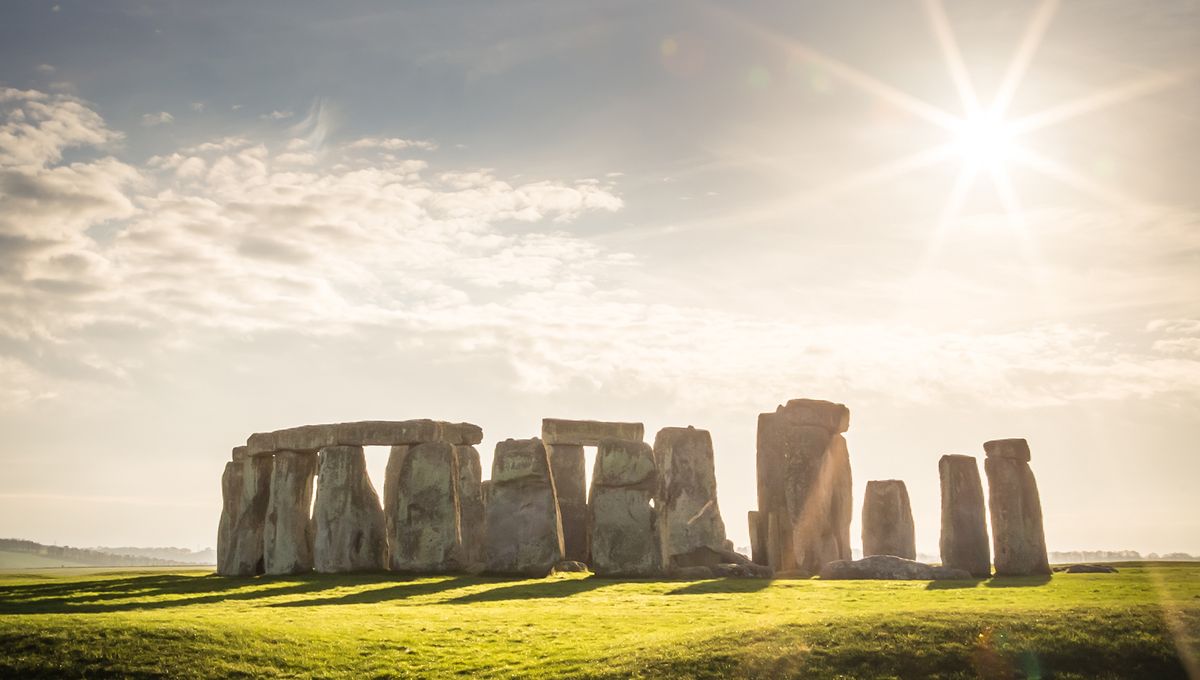
Today, June 20, is the solstice, the day with the longest day and shortest night in the Northern Hemisphere. It came a little earlier than usual (actually the earliest since the late 1700s) and it means that we are entering summer everywhere north of the Equator. In the Southern Hemisphere, it is the opposite.
Cultures have been marking this celestial event for millennia and the most famous site for this is without doubt Stonehenge. The megalithic monument sitting on Salisbury Plain in Wiltshire was built about 5,000 years ago, and for centuries it was a place of massive importance.
You do not bring enormous stones for tens of miles – and the smaller ones for hundreds of miles – and build this incredible structure if it did not matter. The circle of stones and some of the stones outside of it are organized to align with the cycle of the Sun.
“Stonehenge is built on a solstice alignment, a solar alignment. What happens is that at what we call Midsummer, the Sun rises in the northeastern horizon, comes up on the side of the ‘Heel Stone’ and shines right into the centre here, and lands on the stone that we know as the ’Altar Stone’,” Heather Sebire, senior property curator of Stonehenge, told IFLScience.
It is unclear if the “Altar Stone” ever stood up like a modern altar. It’s a sandstone, different from the others, and it sits almost in the middle but on the axis of the solstice alignment. It clearly played a role in the ceremonies at Stonehenge, although its whole function is yet to be understood. Researchers are also not sure where it came from, with geologists looking at different potential sources.
Sebire explained how we have learned so much about Stonehenge and the people that used it, but there is still so much more to discover. One current investigation is the possibility that there is also an alignment with the Moon at a period called the lunar standstill, which is happening right now. Stonehenge is actually going to livestream the moonrise on June 21, 2024.
During the summer solstice, many thousands of people get into the stone circle to see the sunrise, continuing a millennia-old tradition. And while the midsummer solstice mattered, researchers believe that the alignment with the midwinter solstice could have been equally if not more important. Where the Altar Stone is, you can watch the Sun during the winter solstice setting perfectly between the stones.
“At midwinter, if you stand in the center, you could have watched the Sun setting down to the southwest horizon,” Sebire continued. “ It was probably more important. Because they would have known it was like the turning of the year, and the days would get longer.”
It is not surprising that Stonehenge has captured the imagination of so many, trying to glimpse into the lives and rituals of the ancient people who built and used this monument.
Source Link: What Actually Happens At Stonehenge During The Summer Solstice?